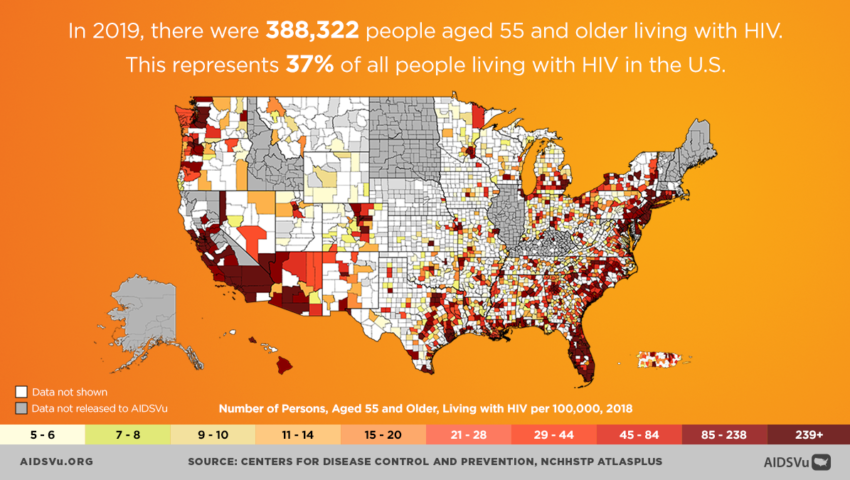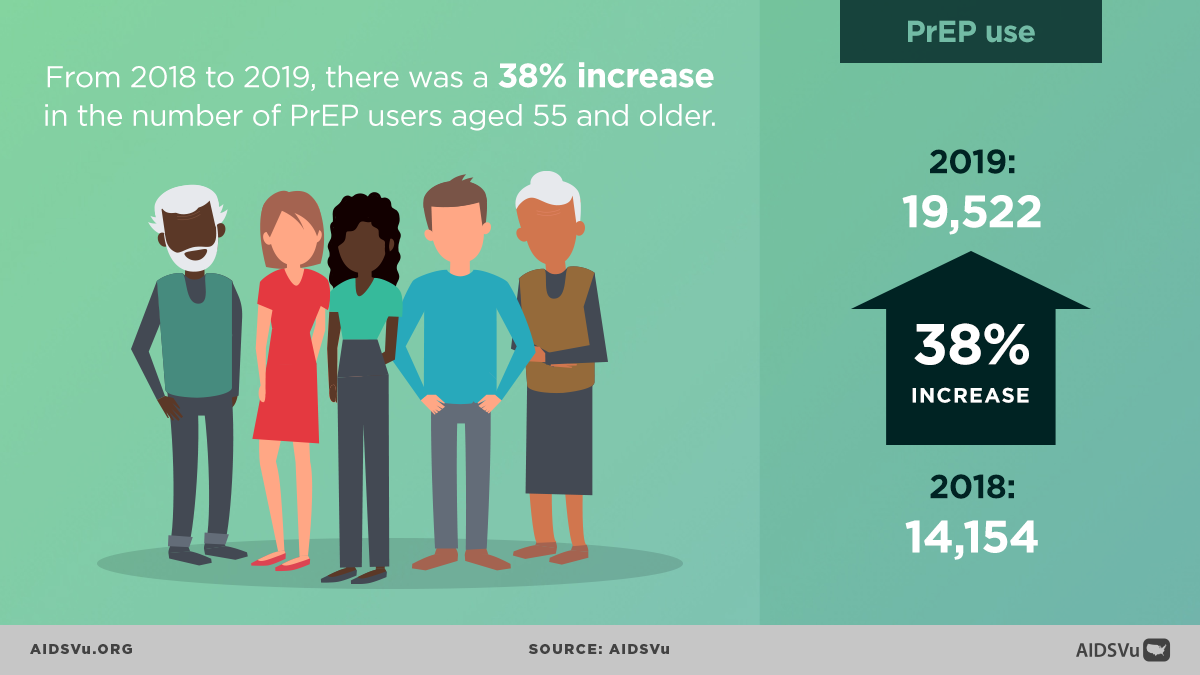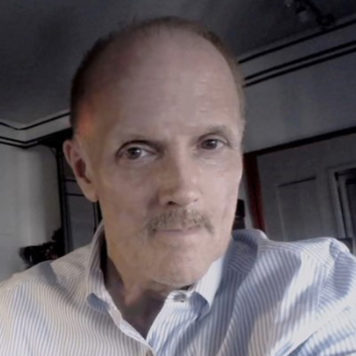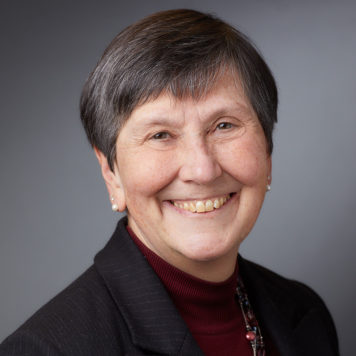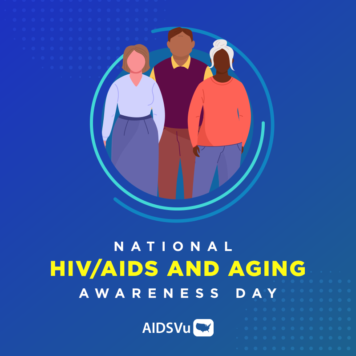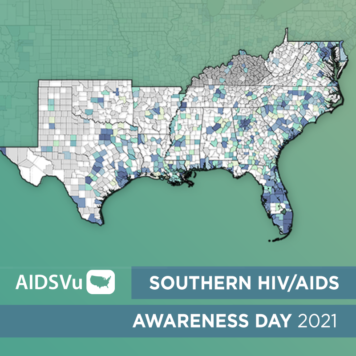September 18 is National HIV/AIDS and Aging Awareness Day (NHAAD), a day to recognize the challenges older individuals living with HIV face and highlight the advancements in HIV screening, treatment, and care that have allowed those living with HIV to live long, full lives. This NHAAD, AIDSVu is raising awareness about the growing number of people living long and full lives with HIV and the aging-related challenges of HIV prevention, treatment, and care.
In 2019, there were 388,322 people aged 55 and older living with HIV, representing 37% of the U.S. population living with HIV. In the same year, out of all people newly diagnosed with HIV, 10% were Americans aged 55 and older. Additionally, for people 55 and older living with diagnosed HIV,
- 83% were linked to care
- 75% received care
- 67% were virally suppressed – the highest viral suppression rate out of all age groups.
In addition, PrEP use increased by 38% from 2018 to 2019 among this age group, indicating more engagement in HIV prevention among older adults.
Older adults living with HIV face additional aging-related challenges such as multiple chronic conditions like cardiovascular disease, lung disease, obesity, and more. Stigma stemming from isolation due to a lack of social support and/or illness may also prevent older individuals from accessing HIV-related health care or disclosing their HIV status.
In addition to aging-related challenges, racial disparities and social determinants of health such as poverty, education, and food insecurity impact HIV-related health outcomes for this age group. For example:
- In 2019, Black Americans 55 and older had the highest number of new HIV diagnoses (1,651 diagnoses) and deaths among people living with HIV (3,852 deaths) compared to other races/ethnicities.

